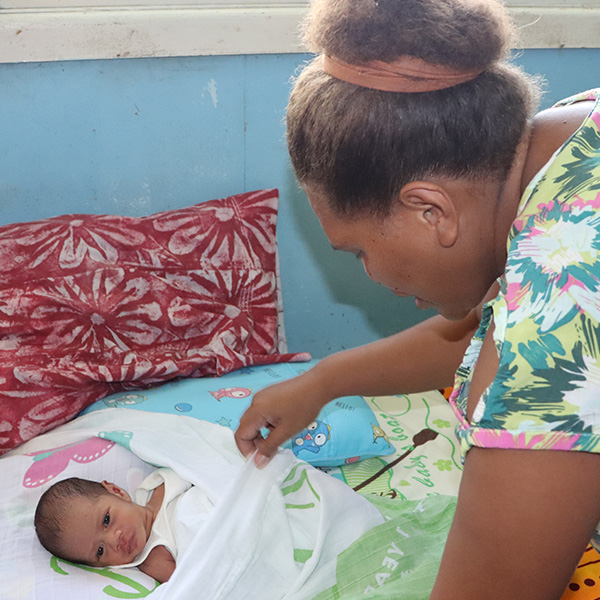New research into gender pay equity in Aotearoa New Zealand universities from the University of Canterbury (UC) explores interventions that will improve representation of women at higher levels of academia and therefore address pay equity.

Professor Alex James (left) and Professor Ann Brower researched which levers can be pulled to improve the representation of women academics at the higher levels of academia In Aotearoa New Zealand.
Sustainable Development Goal (SDG) 10 – Reduced Inequalities
Levers of change: Using mathematical models to compare gender equity interventions in universities by Professors Alex James and Ann Brower was published by Royal Society Open Source today. The research builds on the authors’ previous work published in 2020 which found that over her career, a woman employed on academic staff at a New Zealand university can expect to earn about $400,000 less than a man.
“It’s not new to find a gender pay gap; we’ve known this for decades,” Professor Brower says. “What’s important now is to find out what to do about it. Our research is globally unique because we measured research performance and put people into categories. From there we could find out which of these three levers works best for the different categories. So, our research should give universities a plan of action.”
The study was the first of its kind to differentiate between moderate and high achieving researchers, based on national Performance Based Research Fund data. The authors concluded that for academics who focused on research, fairer hiring practices would influence pay parity, but for moderately achieving researchers, changes to promotions processes would have a positive change impact.
The authors argue that time will not bridge the gender representation gap in academia and call for bold action across three levers of change – hiring, promotion and attrition.
The study found that the women made up 25% of professors at UC, much improved from 3% in 2005 but still a long way behind men at the top academic level. The gap persists despite women making up more than 50% of postgraduate students in many disciplines for many years, yet remaining over-represented at the levels of lecturer and senior lecturer. UC was representative of the tertiary sector.
UC Tumu Whakarae | Vice-Chancellor Professor Cheryl de la Rey welcomed the findings and commended Professors James and Brower for taking on the challenge of investigating women academics’ representation and pay equity.
“This is an important issue across universities and across society, here in Aotearoa and internationally as well. At UC we are committed to actions that will improve recruitment and make promotions processes more transparent. The insights from this study will make a positive difference for women academics and add to initiatives underway at UC to address equity for all of our community.”
UC has been investing in equity transformation for over a decade but there are persistent gaps that challenge the University to critique and improve its current approaches, as shown in a recent comprehensive Equity Review.
The gender pay gap study combined research performance scores from across the country with 20 years of anonymised data from UC.
The authors will present their findings to UC’s senior leadership and Heads of Schools to increase awareness of actions individuals can take to support organisational initiatives that will improve women academics’ representation at UC and across the university sector.
“In terms of making a difference it’s now up to universities’ hiring and promotions processes,” Professor Brower says.









